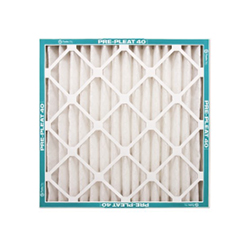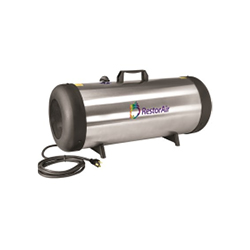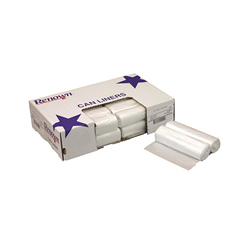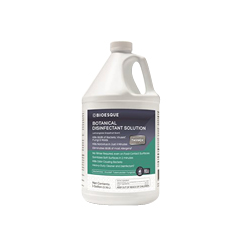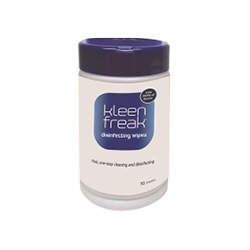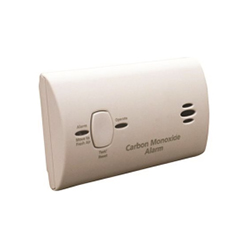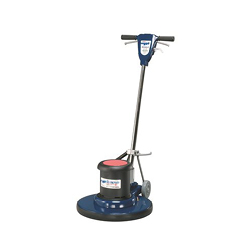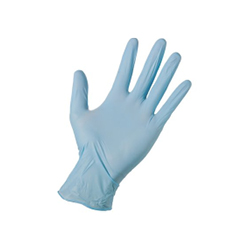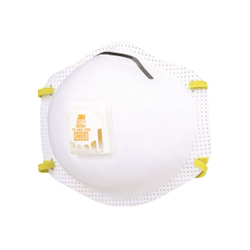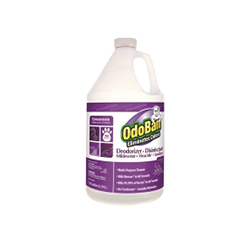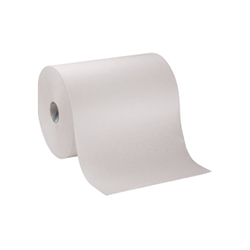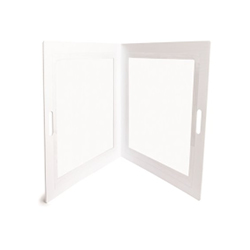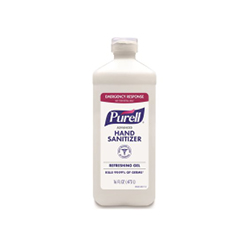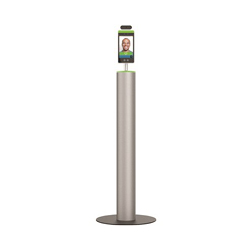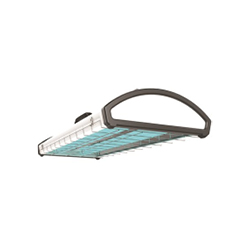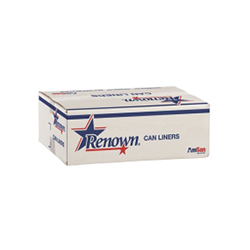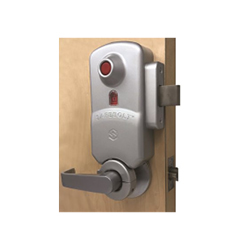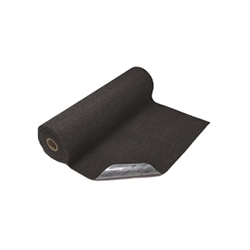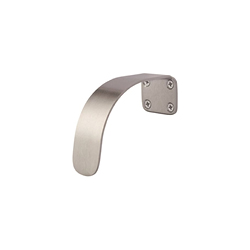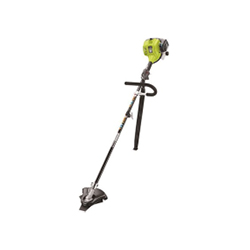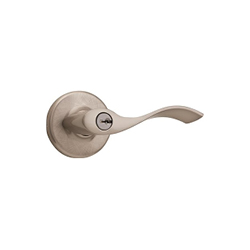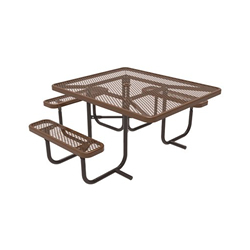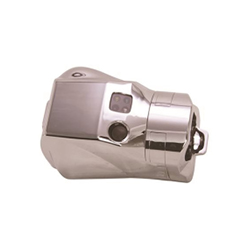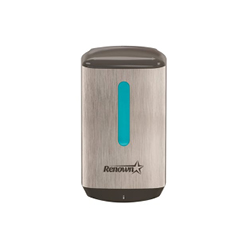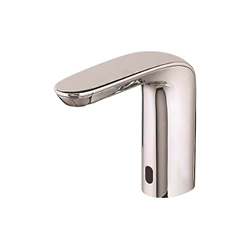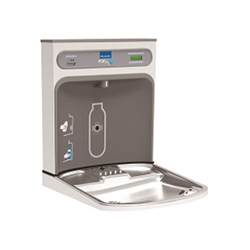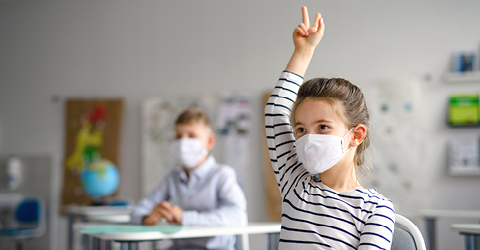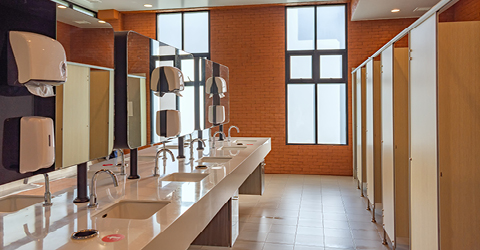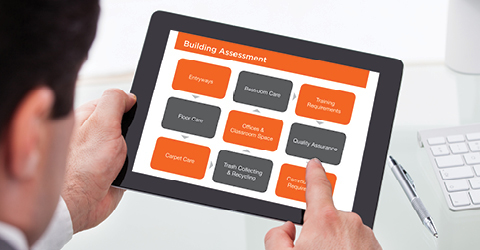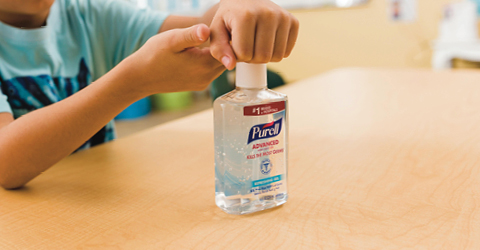
Whether your school is stocking up on PPE and cleaning supplies, looking for facility enhancements or seeking full-service solutions, our team of facility maintenance experts can help you optimize the safety and image of your learning environments while utilizing education relief funds.
Education Relief Funds
The Elementary and Secondary School Emergency Relief Fund (ESSER) provides nearly $68 billion to help schools return safely to the classroom using the recommendations provided by the Centers for Disease Control and Prevention (CDC).
These relief funds have been distributed to each state for local disbursement, with allocations based on the Elementary and Secondary Education Act (ESEA) Title-IA. Funds can be used for any purpose allowed under federal laws for education, including:
- Providing resources that principals need to address coronavirus at their schools
- Supporting school district efforts to improve preparedness
- Training staff on the best ways to sanitize schools and proper use of personal protective equipment (PPE)
- Purchasing PPE and the supplies needed to clean and disinfect schools
- Repairing school facilities, especially ventilation systems, to improve air quality and reduce the spread of COVID-19
In addition to ESSER funding and the 2020 CARES Act funding, the American Rescue Plan provides an additional $122 billion, distributed among the 50 states for local disbursement.

CDC K-12 Operational School Strategy
To support safe in-person education, the CDC released a K-12 Operational School Strategy, which includes five key mitigation strategies1. Use the helpful tips and resources below to help your school implement these recommendations.
1. Universal and correct use of masks
- Encourage use of and provide face coverings for students and staff, including masks or face shields
-
Ensure appropriate fit by following CDC recommendations that you wear a mask that:
- Has 2 or more layers
- Has a nose wire
- Fits snugly against the side of your face
- Is made for children when used on kids
Did you know?
- A single cough can travel up to 50 mph and expel nearly 3,000 droplets of saliva and mucus.
- A sneeze can travel up to 100 mph and dispense around 100,000 droplets.2
- Wearing a mask helps reduce risk of airborne infection.
2. Physical distancing
- Implement 6-foot distancing between student desks, in cafeteria seating and in common areas like hallways and restrooms
- Install protective barriers where it is difficult to stay 6 feet apart, including sneeze guards, desk shields, sink dividers and cafeteria table dividers
- Provide clear visual distancing queues and guidelines with the use of signage and social distancing tapes
According to the CDC:
- Children can be infected and get sick with COVID-19, and can spread the virus to others.3
- Physical distancing can help minimize risk of spread.
3. Handwashing and respiratory etiquette
-
Support healthy hygiene behaviors by providing adequate supplies to students and staff, including soap, paper towels, facial tissues and no-touch trash cans
- When soap and water are not readily available in classrooms, schools can provide alcohol-based hand sanitizer that contains at least 60% alcohol
-
Reduce touch-points using education relief funding on enhancements including:
- Installing sensor faucets and flushometers in restrooms
- Switch to motion-activated soap and paper towel dispensers in restrooms
- Replacing water fountains in hallways with touch-free bottle filling stations
- Use hands-free door openers and install motion sensors in classrooms to turn lights on and off
- Minimize contact during food service using individually wrapped cutlery, lidded food containers and touch-free dispensers
Why switch to sensor faucets? Sensor faucets:
- Eliminate a touch point for contamination
- Save water when compared to a standard manual bathroom faucet
- Elevate the overall look of a restroom
4. Cleaning and maintaining healthy facilities
-
Cleaning and disinfection
- The CDC recommends a two-step cleaning and disinfecting process4. Increase frequency of cleaning and disinfecting on highly-touched surfaces (e.g., playground equipment, door handles, sink handles, drinking fountains).
-
Air purification
-
To improve indoor air quality, it is important to
- Regularly assess the performance of HVAC systems
- Identify any maintenance needs, including opportunities to enhance ventilation and circulation
- Replace air filters regularly and use MERV-13 air filters for improved air filtration5
- Reduce humidity and sterilize the air with UV-C, air purifiers and cleaners or ionization
-
To improve indoor air quality, it is important to
Did you know?
- The Government Accountability Office (GAO) reported that nearly 50% of school buildings in more than 40% of school districts need to replace their HVAC system6
5. Collaborating with the health department on combining contact tracing with isolation and quarantine
- Utilize CDC-provided resources for contact tracing to help stop the spread of COVID-19
Shop For Daily Cleaning, Maintenance & Safety
Shop For Facility Enhancement Products
Additional Resources for Schools
1 Jordan, Phyllis W. "What Congressional COVID Funding Means for K-12 Schools." 2021.
2 American Lung Association, "How Fast is a Sneeze Versus a Cough? Cover Your Mouth Either Way". 2020.
3 Choi, S.H., Kim, H.W., Kang J.M., et al, "Epidemiology and clinical features of coronavirus disease 2019 in children." 2020.
4 CDC, "Interim Guidance for Businesses and Employers Responding to Coronavirus Disease 2019". 2020.
5 ASHRAE, "Reopening of Schools and Universities". 2020.
6 United States Government Accountability Office, "School Districts Frequently Identified Multiple Building Systems Needing Updates or Replacement". 2020.
The information provided in this web page does not, and is not intended to, constitute legal or medical advice; instead, all content is for informational purposes only and should be implemented at the sole discretion of each individual. You should consult your attorney or health care provider to obtain advice with respect to any particular legal or medical issue or problem. Following these guidelines does not constitute a certification of safety or compliance of any kind. The guidance regarding eligibility and distribution of relief funds varies by jurisdiction. It is your responsibility to review applicable local, state and federal regulations and guidance and to comply with all such regulations and guidance.







